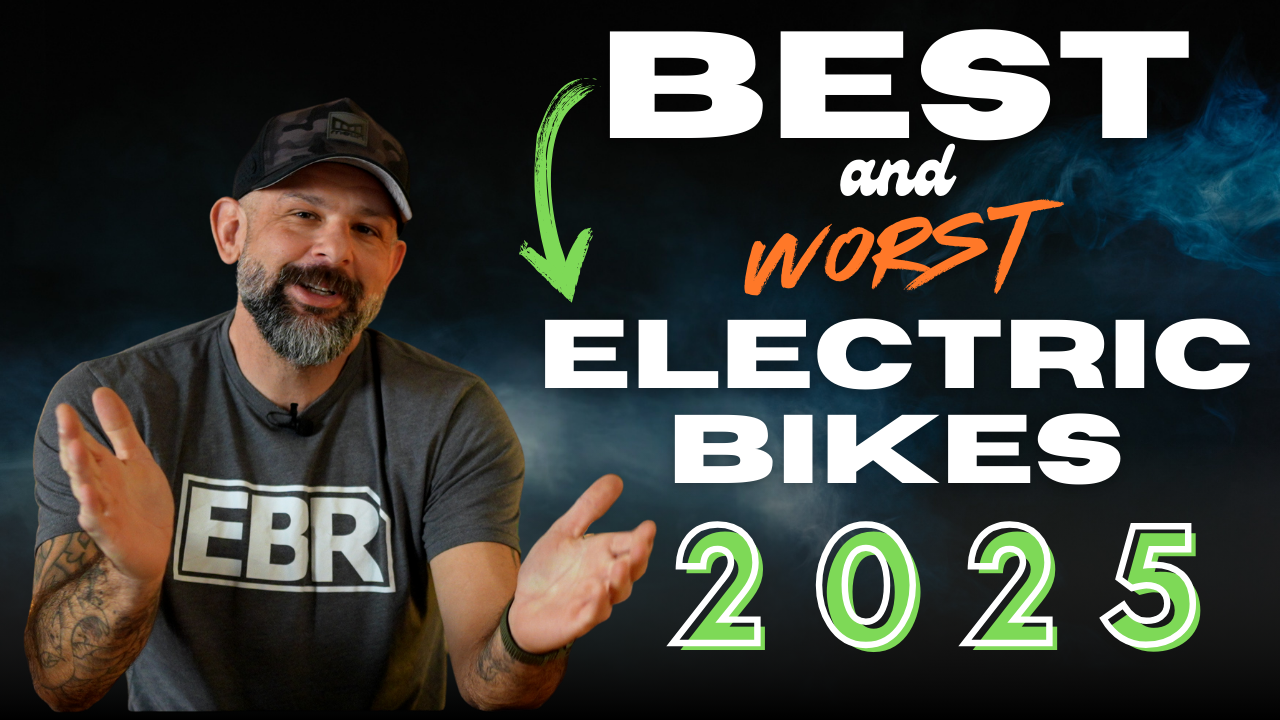Hi everyone - I'm a new member and have been poking around the forums for a few days. Lots of great information here!
I have recently started to explore ebike options as I'm taking a new job with a fairly lousy commute. However, there is a reasonable bike route that is about 21 miles each way. I am hoping to cover that distance in under an hour. The ride is reasonably flat (by New England standards) - about 750 ft elevation one direction and ~925 ft in the other direction.
My previous (non-e) bike commute was 11.4 miles and would take 35 - 40 minutes depending on which bike I took and how much effort I wanted to expend.
I was looking at a Specialized Turbo Vado SL, but LBS owner got me thinking about a Creo SL + fenders + rack.
Now that I've been looking around here, I see many other options including Trek Domane+ and Allant+ as well as Motobecane and Juiced, etc. etc.
I know there are a few avid cyclists on EBR that have purchased ebikes with the express purpose of speeding up a long commute. I would love to hear your feedback - as well as inputs from anyone that would like to chime in.
Thank you!
I have recently started to explore ebike options as I'm taking a new job with a fairly lousy commute. However, there is a reasonable bike route that is about 21 miles each way. I am hoping to cover that distance in under an hour. The ride is reasonably flat (by New England standards) - about 750 ft elevation one direction and ~925 ft in the other direction.
My previous (non-e) bike commute was 11.4 miles and would take 35 - 40 minutes depending on which bike I took and how much effort I wanted to expend.
I was looking at a Specialized Turbo Vado SL, but LBS owner got me thinking about a Creo SL + fenders + rack.
Now that I've been looking around here, I see many other options including Trek Domane+ and Allant+ as well as Motobecane and Juiced, etc. etc.
I know there are a few avid cyclists on EBR that have purchased ebikes with the express purpose of speeding up a long commute. I would love to hear your feedback - as well as inputs from anyone that would like to chime in.
Thank you!
Last edited:
